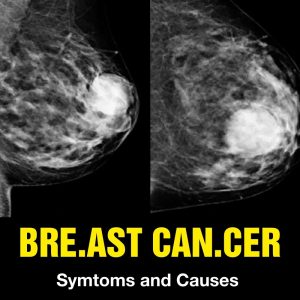Flight attendants adopt a bracing position during takeoff and landing to reduce movement and minimize injury in case of an emergency.
In this position, they secure their seatbelts, sit upright, rest their hands on their thighs, and keep their feet flat on the ground. This stance helps them withstand forces during a crash and prevents unnecessary movement that could cause secondary injuries. Flight attendants also use this time to mentally prepare for emergencies. The practice is endorsed by agencies like the FAA, emphasizing its importance for safety.





